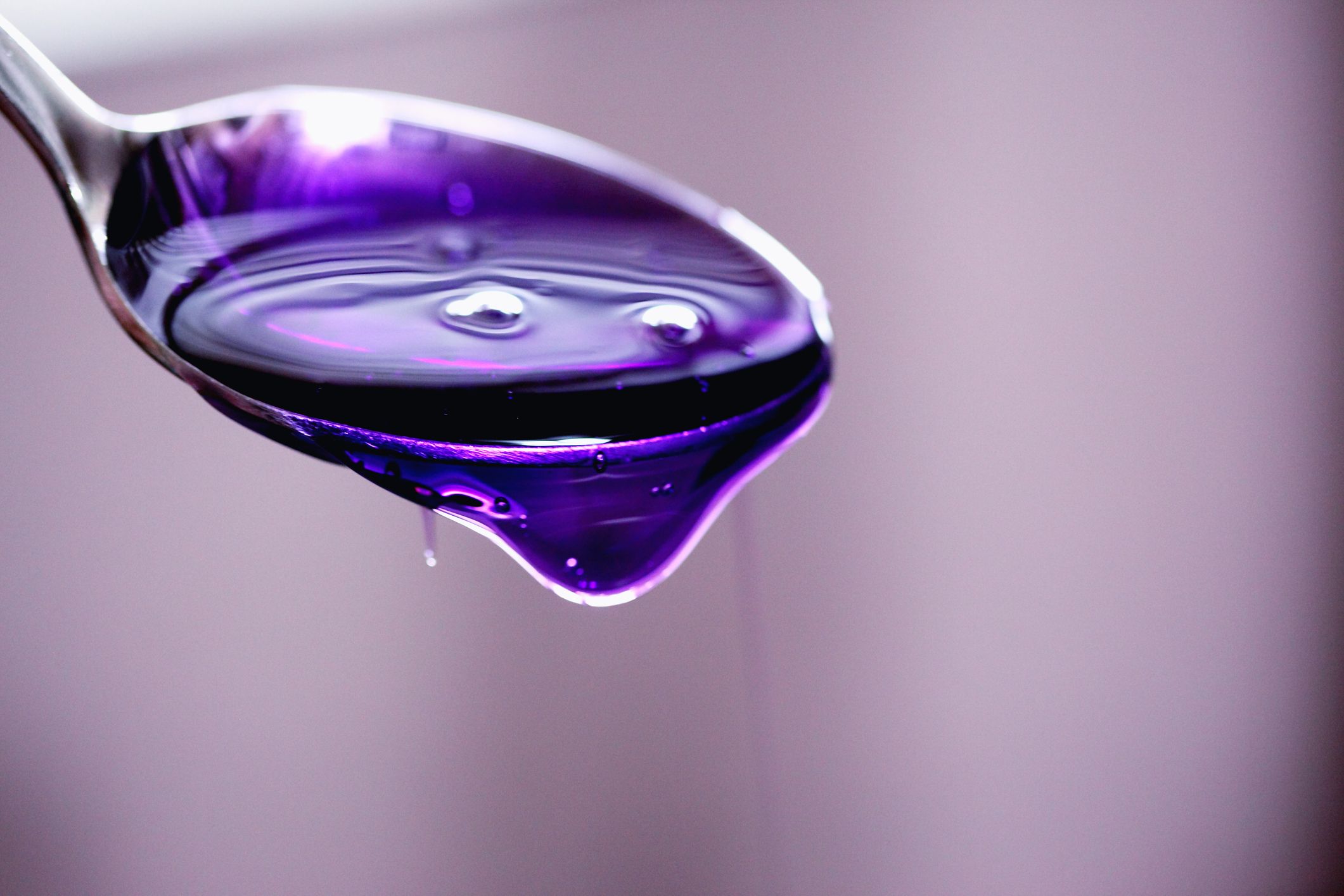
Whether you’re dealing with a sudden wave of chills and aches and pains, or you just feel *a little* hotter than usual, the desire to know if you have a fever ASAP is understandable. After all, a fever tends to serve as an indicator that your body is fending something off (like a virus or a bacterial infection) and trying to return to its normal, according to the Mayo Clinic.
But if you don’t have a thermometer laying around, or the only one you could find was buried deep in some bathroom drawer and you’re not sure just how long it’s been in there, you might be wondering: Is there any legit (or at least somewhat legit) way to gauge whether your temperature is above normal without a thermometer?
Read on to learn what to do if you’re feeling feverish, no matter your thermometer situation, with insight from immunology docs.
First thing’s first: Do you *need* a thermometer to tell if you have a fever?
The only way to know for sure that you have a fever (meaning a temp above 99 to 99.5 degrees Fahrenheit or 37.2 to 37.5 degrees Celsius) is by taking your temperature with a thermometer, confirms David Erstein, MD, an allergist and immunologist based in New York.
Unfortunately, your chances of accurately guessing whether or not you have a fever without a thermometer are fair at best, he says. Case in point: Patients who self-reported feeling feverish at a rural teaching hospital in India had a 58 percent chance of *actually* having a fever, according to a study in Tropical Medicine and International Health.



If you’ve managed to dig up an old thermometer, digital and old-school glass thermometers alike should do the trick (as long as they’re not damaged or out of juice), says Robert Eitches, MD, an allergist-immunologist and fellow of the American Board of Allergy, Asthma, and Immunology. But if there’s any indication that your old-school thermometer is cracked or broken, wrap it up in a Ziploc bag and throw it away. Mercury (a silvery white liquid still present in some household thermometers) could leak out, and it’s toxic.
Of course, before you pop a thermometer under your tongue, you’ll want to clean it. Here’s how to clean a thermometer properly: Lather up some soap and water in your hands, scrub down the part of the thermometer you put in your mouth for 20 seconds, and rinse it off. After that, if you have rubbing alcohol on hand, wipe down the thermometer applicator with a cotton ball soaked with rubbing alcohol to sanitize it, then rinse it off again to remove the alcohol, advises Dr. Erstein. If you don’t have any rubbing alcohol at home, no worries—washing it off with soap and water is absolutely fine (as soap alone can break down and remove bacteria and viruses, including the novel coronavirus), he says.
What if you don’t have a thermometer on you? Are there any other ways to tell if you’re feverish?
If you don’t have immediate access to a thermometer but you’re feeling, well, warm and icky, there are a few ways you can make an educated guess as to whether or not you actually have a fever.
Both digital and old-school glass thermometers are fine to use to measure fever.
Again, though, the only way to be totally sure your temperature’s off the charts is to use a thermometer.
When should you seek medical attention for a fever?
If you feel ill and you’ve got a moderately high fever (think: above 102 degrees Fahrenheit or 38.9 degrees Celsius), that’s your cue to call a doctor to figure out next steps, says Dr. Eitches. Otherwise? “In general, if you’re experiencing fever associated with other symptoms such as shortness of breath, a rash, or confusion, it’s probably best to seek medical attention,” he says.
Source: Read Full Article